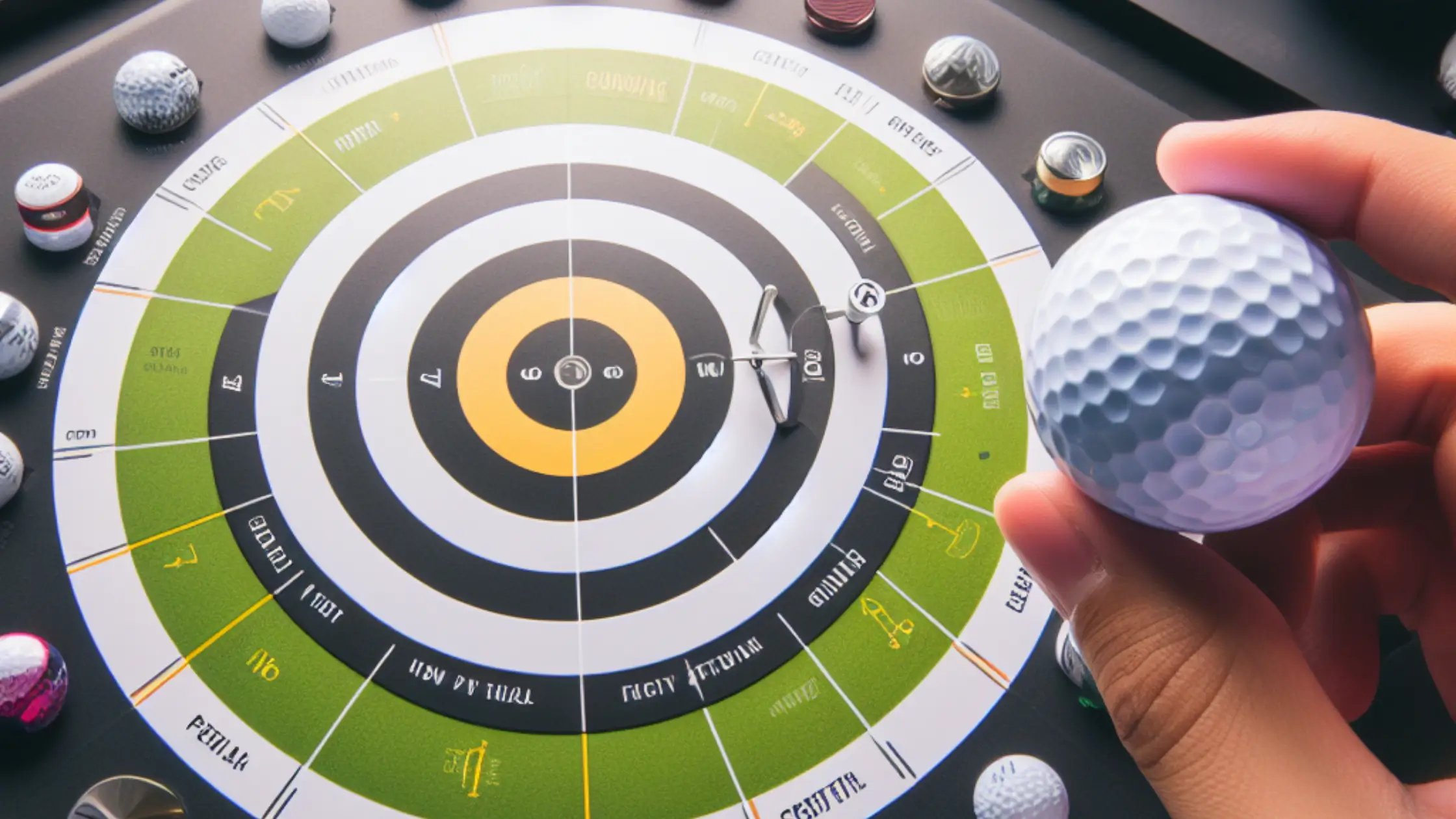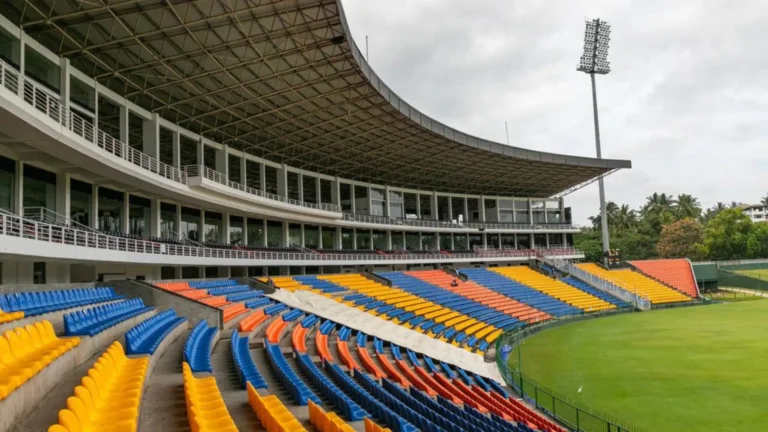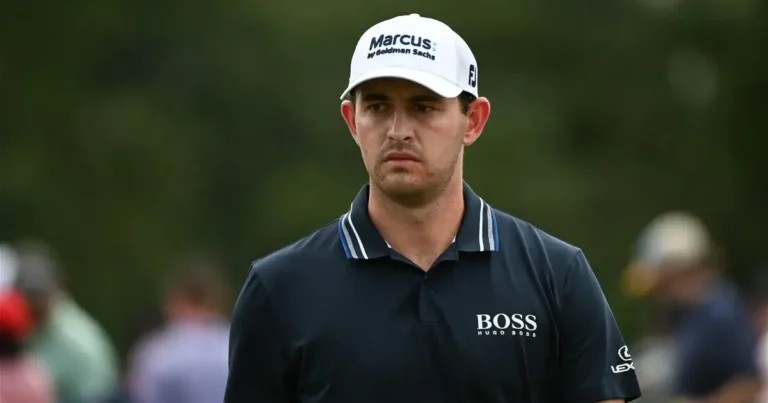A Guide to Perfectly Spinning Your Golf Ball
The ability to backspin a golf ball effectively opens up more options and control for golfers on their approach shots. By applying backspin, golfers can make the ball stop quickly or even spin backwards upon landing on the green. Mastering this technique leads to improved proximity to the hole and more tap-in birdie opportunities. However, backspinning a golf ball precisely is also one of the most difficult shots in golf to execute consistently. This article will provide a comprehensive guide on how to backspin a golf ball covering the fundamentals of the technique, equipment considerations, setup adjustments, the proper strike, and practice recommendations.
Proper Setup for a Backspin Shot
The foundation of an effective backspin shot begins with an ideal setup adjustments. Firstly, ball position should move approximately one to two inches forward of the standard location to promote a downward angle of attack. Stance width should widen slightly to improve stability and balance during the swing. In terms of body alignment, keep the hips open while restricting upper body rotation to avoid “flipping” through impact. Weight distribution at address should shift slightly onto the front foot to encourage a downward strike. Lastly, choose a lofted club like a pitching wedge or lob wedge to enhance backspin potential. The heavier clubhead weight of these wedges also benefits the proper delivery.
Striking the Ball Correctly
The actual strike itself requires a very precise delivery to impart backspin. Right before impact, shift weight into the front leg to steepen the angle of attack. Keep the hands passive through impact allowing the clubhead to strike the ball first before making contact with the turf. Brush or sweep the golf ball off the top half of the ball to propel it into a backspin. Follow-through the swing fully holding the finish to verify proper clubface alignment and prevent deceleration. Inspect ball marks after the shot to diagnose issues if not performed correctly. Crisp semi-circular ball marks point to solid strikes.
The Critical Role of Equipment
The right equipment choices also assist greatly with backspin control. Today’s modern golf balls feature urethane covers designed specifically to maximize backspin potential on approach shots. Opt for a 3-piece or 4-piece model matched with a high swing speed to witness the most backspin benefits. For wedges, choose less bounce and wider soles over standard options to ease interaction with tight lies. Clubface milling or groove design also affects spin efficacy based mostly on personal preference. Lastly, premium golf gloves improve grip and prevent slippage that saps backspin during wet conditions.
Helpful Swing Adjustments
Certain swing modifications also benefit backspin execution outside of impact positions. Firstly, steepen the angle of attack by restricting hip turn on the backswing and utilizing more upper body and shoulder rotation instead. This keeps the club working downward through impact. Also allow some flexion of lead knee on the downswing to lower body’s center of gravity. At impact, leading forearm should point at target line while trail elbow points right to encourage proper delivery angles. To groove consistency, practice chipping and reduce followthroughs initially before extending to fuller swings. Larry, my golf pro, also recommends more wrist hinge and cupped lead wrist to prevent flipping.
Regaining Backspin from Obstructed Lies
Executing backspin from fairway, rough lies or obstructions requires tweaks to prevent fat, thin strikes. Adjust ball position further forward in stance and widen stance for stability. Narrow clubface angle by strengthening grip and limit followthrough to prevent digging. Allow body to resist rotation better through impact by not swaying off the ball. Swing changes like steepening swing plane also assist backspin from obstructions. Limiting knee flex and keeping lead arm tucked to body provides room to strike cleanly underneath. When possible, take free relief from obstructions for better contact. Lastly, open clubface slightly to add loft and apply smoother acceleration rates when striking.
Practical Backspin Training Aids
Several training aids exist to assist golfers in refining their backspin proficiency. Impact bags allow free-flowing rehearsal of proper strike positions promoting downward blows. Striking foam balls reduces risk of injury from poor contact while providing feedback. Alignment sticks, headcovers or boards can serve as barriers to learn effective strikes underneath.
Using foot spray to check ball/turf interaction gives visual proof of crisp contact needed to create spin. Video analysis while hitting weighted balls forms helpful swing diagnosis. Marking clubfaces aids visualization of proper club routes. Lastly, varying trajectories with tees, mats and obstacle heights builds precision.
Drilling Backspin Consistency
Mastering the optimal strike to impart backspin requires persistent practice and drills. Here is a summary checklist:
- Set ball forward, play lead arm tucked early, limit hip sway
- Narrow stance for balance, weaken grip to square face
- Maintain spine angle and tilt, enhance wrist hinge
- Struck ball first before sweeping turf cleanly
- Use high-lofted wedge designed for spin
- Followthrough fully with chest facing the target
- Execute repetitive drills from 40 yards & in
- Check crisscross ball marks for solid strikes
- Assess spin rates relative to past tendencies
- Refine adjustments based on shot outcomes
With discipline and daily reps from optimal yardages, backspin technique improves. Observe spin rates on launch monitors while striving for consistency. Embrace a growth mindset by building competence through purposeful practice.
Maximizing Backspin on Sloped Lies
Attempting to backspin golf shots from sloped lies brings added complexity. Balls above or below feet must factor appropriate alignments and contact points. With uphill lies, play the ball back and stance slightly open to prevent thin contact. Focus on keeping the upper body quiet against the slope. If downhill, ball position moves forward as stance narrows to compensate for the drop-off. Limit wrist hinge so club bottoms out beyond the ball first.
Also, weaken grip pressure to prevent clubface closing too soon before impact. Weight favor the trail side for balance and strike the ball then enter the slope. Practice wedge shots from sloped mats or surfaces to gauge necessary adjustments. Ideal strikes feature crisp crisp turf interaction despite uneven lies.
Varying Trajectory & Spin Rates
Skilled players also learn to alter backspin rates and shot trajectories precisely. Lower trajectory shots feature minimal body turn and compact swings to provide optimum spin and control. For higher trajectory shots simply open clubface, utilize less shaft lean and allow fuller shoulder turn for extra power all while maintaining angle of attack. Practice manipulating shot heights steadily while observing spin rate response.
As mastery develops, concentrate on varying backspin amounts at specific heights. For example, produce low bullets with extreme spin followed by similar contact on lofted shots. Choking down or gripping down on wedges also enhances precision. Observe spin rates on simulator monitors to judge progress. Record yardages matching optimum spin rates for each wedge.
Conclusion
In closing, backspinning golf shots demands proper setup, ideal strike positions and certain equipment considerations. Persistent practice establishes matching angles of attack with clubface alignments promoting spin. Executing from tight lies or uneven terrain requires tweaks to solid contact points. As wedge play skill progresses, learn to alter shot heights and spin rates for supreme command around the greens. With diligent training, backspin becomes cemented firmly within a golfer’s formidable shotmaking arsenal during pressure moments. So commit to spin proficiency by drilling proper technique relentlessly.







